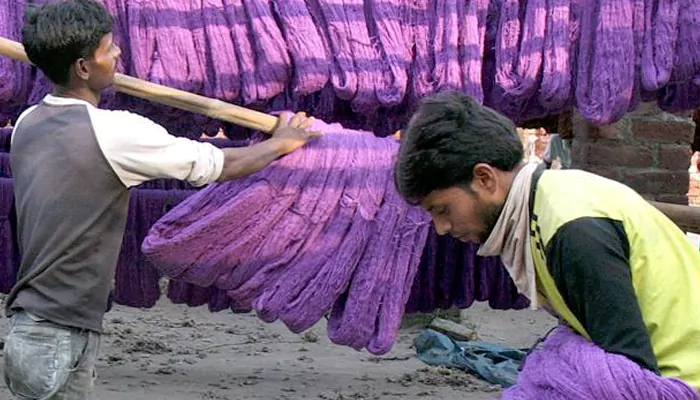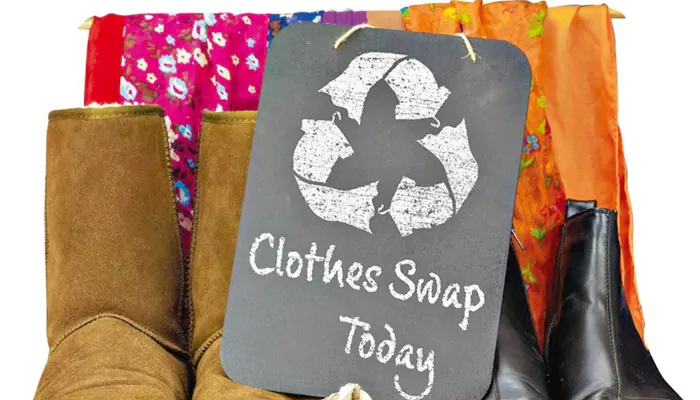Earth Day Warning: The Environmental Cost of Your Clothing Choices
- Soham Halder
- 8 months ago
- 3 minutes read

What’s lurking in your wardrobe? The planet pays the price!
Every year on April 22, Earth Day is observed as a reminder to protect our planet. While we discuss plastic pollution or carbon emissions so frequently, one invisible villain hides in our wardrobe - fast fashion.
Yes, your stylish t-shirt or highly discounted jeans might be affecting the environment more than you could ever imagine. On this special day, it’s time we take a deep dive at how our clothing choices are impacting the Earth.
Fast Fashion’s Filthy Footprint:
Fast fashion refers to those cheap and trendy clothes that people buy from the runway to store shelves in record time. While they seem affordable, the environmental consequences are massive:

Water wastage: It takes at least 2,700 litres of water to manufacture just one cotton shirt. That’s enough drinking water for one person for at least 2.5 years! When you add the pesticides used on cotton farms and the toxic dyes polluting rivers, you start to observe the bigger picture! Textile dyeing is the second largest polluter of freshwater worldwide.
Landfill overload: We throw away millions of tonnes of textile waste every year. Most clothes are not biodegradable and stay in landfills for years. As per recent reports, globally, over 92 million tons of textile waste goes to landfills each year. That’s equivalent to a garbage truck full of our used clothes dumped every second. Synthetic fabrics like polyester don’t biodegrade easily, releasing microplastics into the oceans and harming marine life.

India, one of the world’s largest producers of cotton, houses booming garment industries. But we’re also increasingly adopting fast fashion trends, especially online. Brands are offering weekly or even daily deals and we are buying even when we don't need any.
What You Can Do? Rely in Eco-Friendly Fashion:
This Earth Day, let’s take action to save our planet. Here’s how you can make smart, stylish, and sustainable clothing choices:

- Buy Less, Choose Wisely
Instead of buying 5 tops at a cheap rate, invest in 1 good-quality piece that lasts longer. Ask yourself before buying: Will I wear this 20 times?
- Support Local and Handloom
Handloom fabrics including khadi, ikat, and chikankari are eco-friendly and support rural artisans. They manufacture these clothes using less water and energy compared to mass-produced garments.
- Say Yes to Sustainable Brands
Many brands now offer eco-conscious dresses using organic cotton, natural dyes, and recycled materials. BUy those clothes with labels like "sustainable," "organic," or "handmade."

- Reuse and Upcycle
What do we generally do with an old saree or dupatta? The most sustainable way of reusing old clothes is turning it into a stylish skirt or cushion cover! Upcycling gives a new life to old clothes while reducing waste.
- Donate, Don’t Dump
Instead of throwing away old clothes, donate them to NGOs, local communities or those in need. Various organizations nowadays conduct clothes swap events.

The Gen Z and millennials are leading the change. On social media platforms influencers are promoting #SlowFashion and #RepeatOutfits with pride. Remember, despite being a fashion designer, you can also be Earth-friendly. Just be aware and mindful.
Think twice before you purchase your clothes. Dress smart. Dress sustainably.












